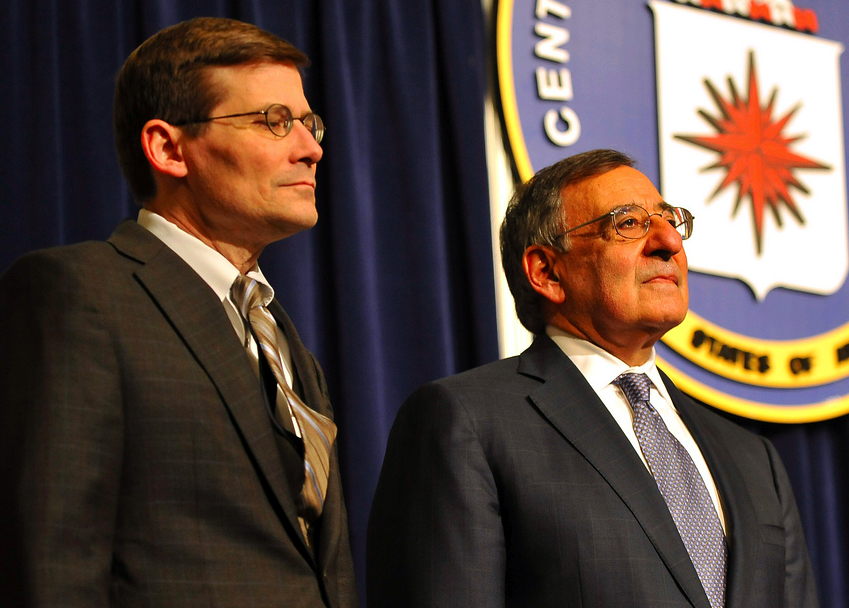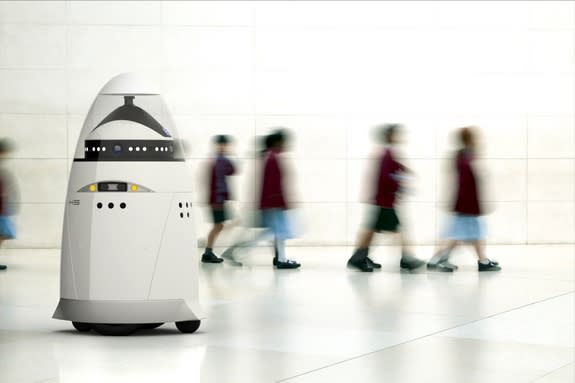NFL to ‘Enhance Public Safety’ by Implementing ‘Clear Bag’ policy
NFL claims Boston Marathon bombing partly inspired the move
Adan Salazar
June 18, 2013

Your belongings are permitted in one-gallon clear plastic freezer bags.
In an effort “to enhance public safety and improve stadium access for fans,” the National Football League is getting set to ban all bags or purses that are not see-through at all of its 32 stadiums across the U.S. “To provide a safer environment for the public and significantly expedite fan entry into stadiums, NFL teams will implement an NFL policy this year that limits the size and type of bags that may be brought into stadiums,” a memo from the league dictates.
Beginning with preseason games, “Fans carrying bags that do not meet the criteria will be turned away from the stadium well before they reach the gates,” the FAQ section from the NFL’s rally point for the bag ban, “NFL.com/AllClear,” explains. The cynical play on the military term, which represents the signal given when a threat of danger has passed, is all too obvious.
Fans carrying bags that could endanger the safety of other patrons should be spotted even before approaching entry gates by a “buffer area” of bag police, the memo states. “There will be a secondary perimeter around the stadium where security personnel will check for prohibited items or bags being carried toward the stadium so those situations can be corrected immediately.”

The ban outlaws bags sold on the NFL’s own store. Screen capture taken from nflshop.com
The FAQ stops just short of accusing those who would dream of bringing a seat cushion to a football game of being a terrorist:
The National Football League also says their plan is partly in response to the Boston Marathon bombings, in which backpacks were supposedly used to carry pressure cooker bombs.
A few sports writers believe the move can backfire on the NFL, not because it represents an affront to liberty and personal privacy, but because it could deter woman from going to games.
“We certainly understand the need to establish effective security parameters, but at a time when the NFL is looking for more ways to keep fans going to stadiums as opposed to staying home and watching RedZone or watching games on their phones and tablets, the new policies seem a bit short-sighted — especially in the ways they seem to inconvenience and exclude female fans,” wrote Doug Farrar for Yahoo! Sports blog Shutdown Corner.
Sports Grid writer Rick Chandler concurs: “A lot of women I know won’t go anywhere without a proper purse, and asking them to leave them behind, or transfer the contents to a clear plastic tote, is pretty much out of the question. They don’t want you seeing what’s in there, and frankly I don’t want to see it either. But rest assured everything in there is pretty much essential for human survival. If the NFL is trying to make the league more accessible to women, this is the PR goof of the decade so far.”
This is just the latest in a series of efforts by the NFL to acclimatize the public to accept the disintegration of privacy and the Fourth Amendment, which is supposed to protect Americans against unreasonable searches.
However, as early as 2011, the NFL was already shredding the idea of privacy by forcing the public to submit to intrusive bag searches and invasive TSA-style pat downs. “Such in-your-face control is instrumental to the effort by the government to get us to accept ever increasing intrusive behavior by brutish police goons and other authorities. It is part of an ongoing effort to convince you that the dictates of the state and its phony war on manufactured terrorism negate your private space and personal liberty,” we wrote at the time.
Despite its stated goal of enhancing security, the bag ban measure represents another layer of security theater to protect from terrorist threats that don’t actually exist. Studies have shown, in fact, that people are more likely to die from a bee sting or drowning in the bath than from a terror related event.
Furthermore, it is another step in conditioning people to accept that everyone is guilty until proven innocent, and that giving up liberty can provide security.
If fans can’t bring bags into an American football game, doesn’t that mean the terrorists have already won?
NFL claims Boston Marathon bombing partly inspired the move
Adan Salazar
June 18, 2013

Your belongings are permitted in one-gallon clear plastic freezer bags.
In an effort “to enhance public safety and improve stadium access for fans,” the National Football League is getting set to ban all bags or purses that are not see-through at all of its 32 stadiums across the U.S. “To provide a safer environment for the public and significantly expedite fan entry into stadiums, NFL teams will implement an NFL policy this year that limits the size and type of bags that may be brought into stadiums,” a memo from the league dictates.
Beginning with preseason games, “Fans carrying bags that do not meet the criteria will be turned away from the stadium well before they reach the gates,” the FAQ section from the NFL’s rally point for the bag ban, “NFL.com/AllClear,” explains. The cynical play on the military term, which represents the signal given when a threat of danger has passed, is all too obvious.
Fans carrying bags that could endanger the safety of other patrons should be spotted even before approaching entry gates by a “buffer area” of bag police, the memo states. “There will be a secondary perimeter around the stadium where security personnel will check for prohibited items or bags being carried toward the stadium so those situations can be corrected immediately.”

The ban outlaws bags sold on the NFL’s own store. Screen capture taken from nflshop.com
The FAQ stops just short of accusing those who would dream of bringing a seat cushion to a football game of being a terrorist:
Are seat cushions allowed to be carried into the stadium?
No, they are not due to the large size and because the way seat cushions are constructed would allow them to be used to conceal a potential explosive device.
In case you were left wondering if this is yet another scheme worked up by your friends at the DHS, you’re correct. NFL.com/allclear reassures the measure “also supports the Department of Homeland Security’s ‘If You See Something, Say Something’ campaign,” the tax-funded national snitch program encouraging citizen spies to report suspicious activity anywhere. No, they are not due to the large size and because the way seat cushions are constructed would allow them to be used to conceal a potential explosive device.
The National Football League also says their plan is partly in response to the Boston Marathon bombings, in which backpacks were supposedly used to carry pressure cooker bombs.
A few sports writers believe the move can backfire on the NFL, not because it represents an affront to liberty and personal privacy, but because it could deter woman from going to games.
“We certainly understand the need to establish effective security parameters, but at a time when the NFL is looking for more ways to keep fans going to stadiums as opposed to staying home and watching RedZone or watching games on their phones and tablets, the new policies seem a bit short-sighted — especially in the ways they seem to inconvenience and exclude female fans,” wrote Doug Farrar for Yahoo! Sports blog Shutdown Corner.
Sports Grid writer Rick Chandler concurs: “A lot of women I know won’t go anywhere without a proper purse, and asking them to leave them behind, or transfer the contents to a clear plastic tote, is pretty much out of the question. They don’t want you seeing what’s in there, and frankly I don’t want to see it either. But rest assured everything in there is pretty much essential for human survival. If the NFL is trying to make the league more accessible to women, this is the PR goof of the decade so far.”
This is just the latest in a series of efforts by the NFL to acclimatize the public to accept the disintegration of privacy and the Fourth Amendment, which is supposed to protect Americans against unreasonable searches.
However, as early as 2011, the NFL was already shredding the idea of privacy by forcing the public to submit to intrusive bag searches and invasive TSA-style pat downs. “Such in-your-face control is instrumental to the effort by the government to get us to accept ever increasing intrusive behavior by brutish police goons and other authorities. It is part of an ongoing effort to convince you that the dictates of the state and its phony war on manufactured terrorism negate your private space and personal liberty,” we wrote at the time.
Despite its stated goal of enhancing security, the bag ban measure represents another layer of security theater to protect from terrorist threats that don’t actually exist. Studies have shown, in fact, that people are more likely to die from a bee sting or drowning in the bath than from a terror related event.
Furthermore, it is another step in conditioning people to accept that everyone is guilty until proven innocent, and that giving up liberty can provide security.
If fans can’t bring bags into an American football game, doesn’t that mean the terrorists have already won?













